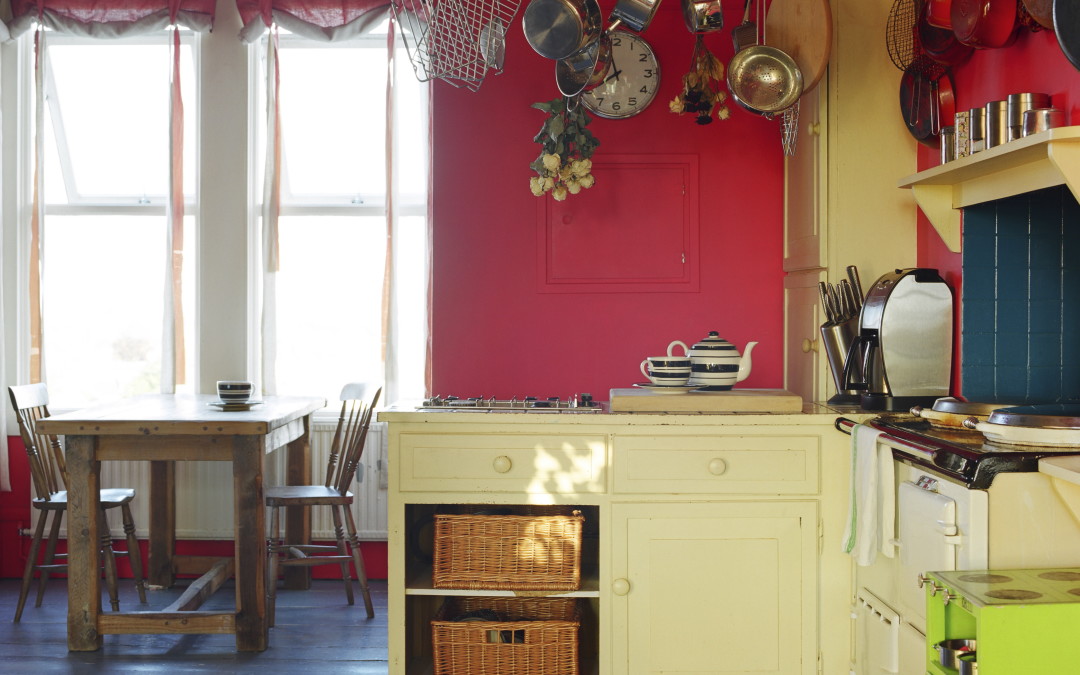(Pssst…there is no secret.. rolled blinds are in fact exactly what they say they are). Good news: they are incredibly easy to make, and take barely anytime at all.
Rolled blinds are among those things that are incredibly straightforward, but wonderfully effective. This means that they are perfect for anyone who may be less confident, but as always, great fun for those who are more accomplished with their home furnishing endeavours.
In their simplest form they are just fabric held in place with some form of tie; they can be raised or lowered, serving various purposes for numerous different styles of window. Wearing them up or down – or somewhere in the middle – can completely change the dynamic of a room, and although you have to lower or raise them yourself, they are generally low maintenance.
Particularly, they are a wonderful way of manipulating light, often chosen specifically to block out harsh sunlight and create much softer impressions. At the same time, they can be useful in covering up those not-so-elegant views, directing the eye to the area below wherever you leave the roll.
The rolled blinds pictured here were specially designed to filter and direct – and they work wonders, filling the whole space with a pinkish glow whenever the sun shines through. Leaving the blinds half down means that bright light streams only into the bottom half of the room. Sometimes bright kitchens can look a little clinical – these provide an intimate, warm environment.
Understandably, I think many people often envisage rolled blinds to be in idillic country cottages, or garden rooms, mainly because they can be so basic and are particularly suited to low windows. However, they do also look good in larger spaces, perhaps as a way to soften a bay window, or re-balance a very tall one. Remember that the fabrics and patterns that you choose for your blind will largely dictate it’s role. Bright and more daring patterns can be used to draw attention too the window, where the blind acts as a centre piece. But they can also be understated and unpretentious when they need to be, and this is often achieved by using plainer fabric, even one to match the walls. The beauty of the rolled blind, perhaps due to it’s simplicity and versatility, is that many different materials can be used to make it.
This particular rolled blind is double sided. I used linen for both sides (one poppy red, and the other taupe), and silk taffeta for the ties. Whilst it is true that many people enjoy working with linen and it may seem like the most natural fabric to use for this project, it’s definitely worth looking at other, more sumptuous fabrics and to unusual textiles. As rolled blinds are very economical with fabric, it may be the perfect opportunity to choose something bold and extravagant. Or, at the other end of the scale, you could use a pre-finished material – something like a tablecloth, or perhaps even a hessian bag or a flour sack, tied up with string or ribbon. Before you know it, you could have a rolled blind in every room – garden, house and shed..
If you would like the full instructions of how to make the roller blind in any fabric, follow the link below: https://designandmake.net/product/rolled-blind/


Great article thank you.
Thanks!
This is an awesome window treatment! I have been wanting to try to make something like this. Thanks for sharing. I’ll let you know my results!
Hi, Please do !